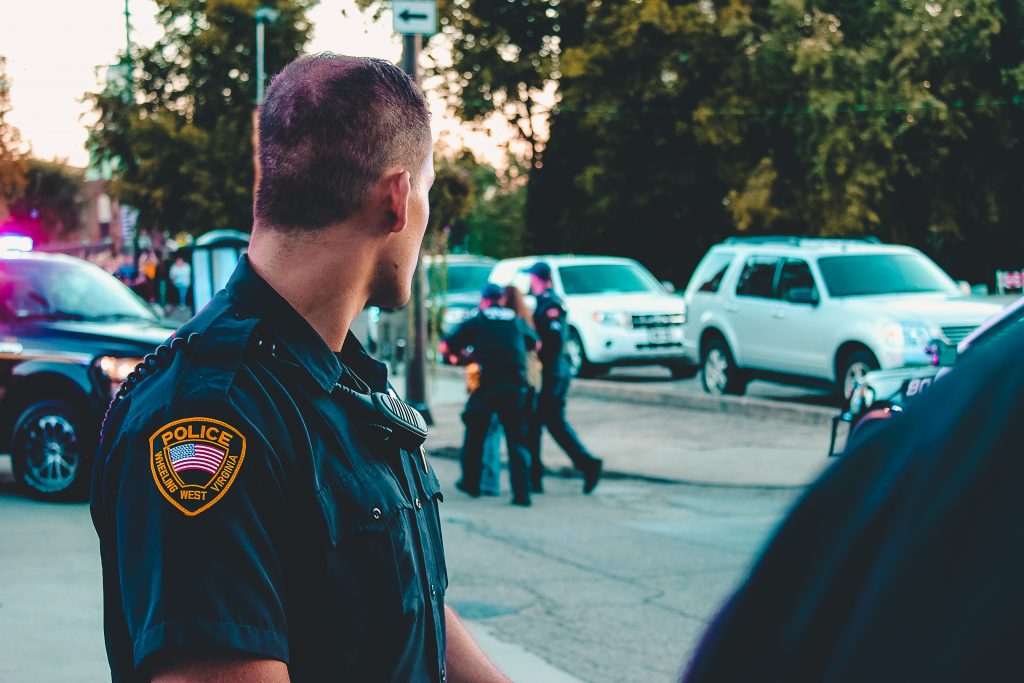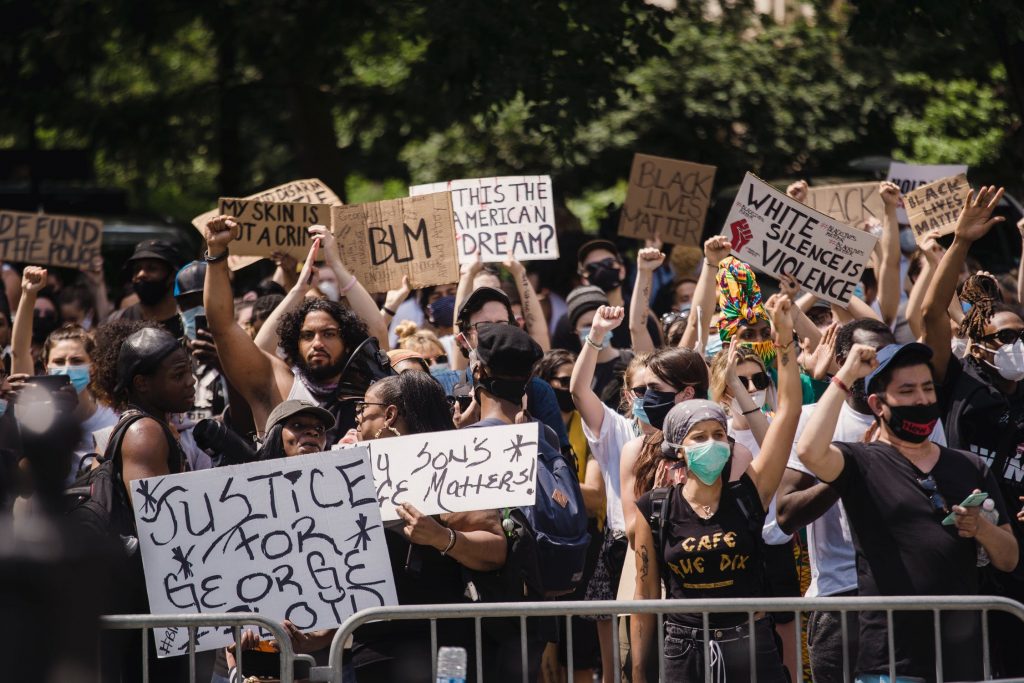Covering The Death Of Breonna Taylor In A Way That's Unbiased,
Yet Fair To Your Community
Covering The Death Of Breonna Taylor In A Way That's Unbiased, Yet Fair To Your Community
Written by Lois Lane
🕒 October 08, 2020
Though she was killed at her home in Kentucky, the death of Breonna Taylor sent ripples through cities across the country.
Whether there were protests in your town or not, it’s likely Breonna Taylor’s death resonates with many of your viewers. It probably stirs personal feelings, as well. So how do you cover this shooting, and the lack of charges filed, in a way that remains unbiased, yet gives a voice to those most affected?
In a situation like this, the facts are key. Be thorough in your reporting, and establish timelines, locations, and key characters.
Continuing coverage often leads some newsrooms to drop key details from the story, under the assumption that the viewer already knows these elements. However, a viewer who is late to the story could be mislead by the omission of certain key facts.
Facts including that the officers who killed Taylor were in plain clothes. That the shooting happened after midnight when Taylor was in bed, or that a no-knock warrant was executed when the shooting occurred.
It’s certainly humanizing to report that Breonna Taylor was an EMT, but that fact is not crucial to the story.

The investigation into her death is tied to the details of this raid, not who Breonna Taylor was as a person. Don’t live in Kentucky? Then talk to the people in your area who’ve been most affected.
First, you must identify who is the most affected in a case such as this. That voice may belong to your local Black Lives Matter organization, or another group that fights for the rights of Black people.
Ask yourself: How is the organization helping the local Black community take action and heal? How does Taylor’s death impact the local organization’s relationship with local police?
In this case, police are also impacted because their profession is under the microscope. What is the response of your local police chief to community protests and outrage? What is your local PD’s policy on no-knock warrants or raids conducted by plain clothes officers in your community?
When covering protests in your community, make sure your report isn’t taking a sensational turn.
Yes, vandalism and violence are enticing when it comes to reporting on protests. Just make sure it only appears in your report in a relevant and proportional way.
For example, if three nights of protests were largely peaceful, despite the one business that sustained a broken window. Don’t let your lede line read: “A local business owner speaks out after protestors wreak havoc on his shop.”
Pictures of a broken window, and a shop owner’s raw anger may make for good tape, but it unfairly characterizes the protest. Proving the window was actually smashed by a protestor is also difficult to do, without video surveillance or eyewitness account. So be mindful of how this incident plays a role in your report.
A local prosecutor, defense attorney, law professor or expert may be able to weigh in on the lack of charges filed in Taylor’s case.
Have you ever watched a national story that left you with unanswered questions about the case? Here’s your chance to share some professional insights on certain terminology. For example, types of charges considered or options available to the Kentucky prosecutor.
Your analysts won’t be able to speak to the specific facts of the case. But he or she may be able to weigh in on Kentucky’s laws pertaining to body cameras or the release of transcripts.
Reporting on high profile stories like police shootings can be emotional for news professionals. Especially when they evoke strong feelings about race. So, when in doubt, report the facts and attribute those facts to the source.
If the police chief said the shooting was justified, don’t simply report the incident as justified. Attribute that thought to the police chief. Attribution and clear cut facts are crucial when reporting on turbulent issues such as Breonna Taylor’s death.

